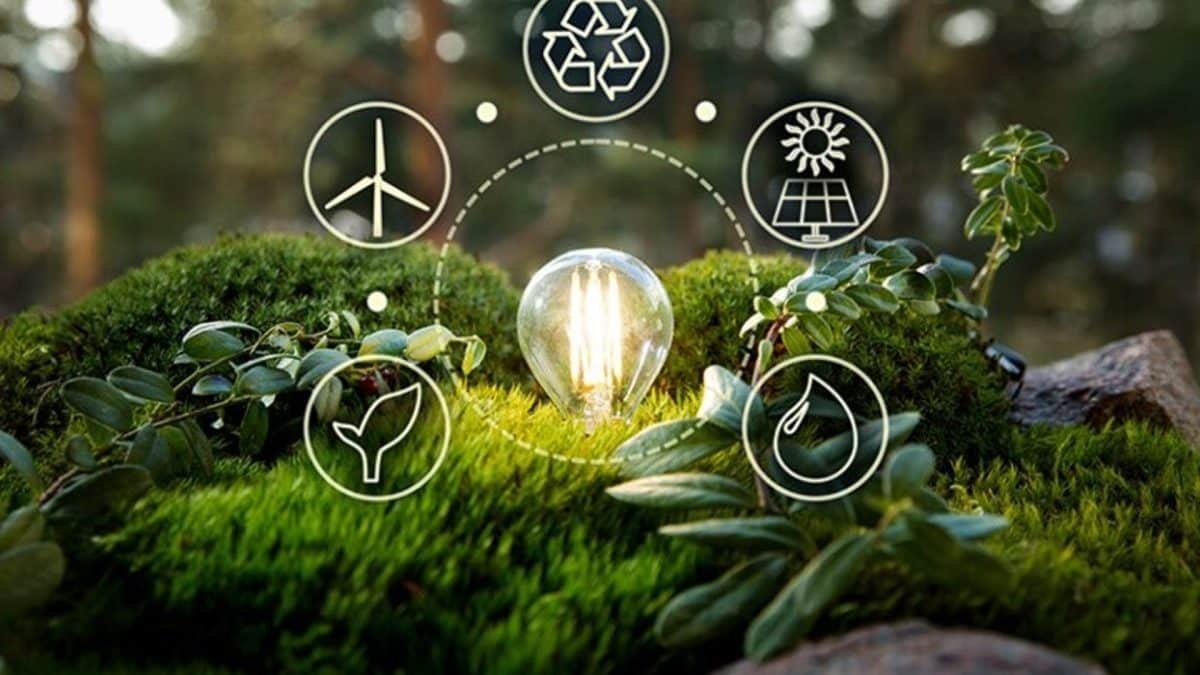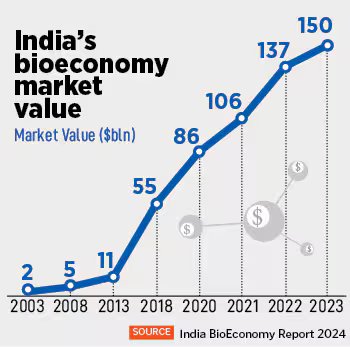
Introduction:
The bioeconomy refers to the production, utilization, and conservation of biological resources, including related knowledge, science, technology, and innovation, to provide information, products, processes, and services across all economic sectors. It encompasses a wide range of industries and activities that involve the sustainable use of renewable biological resources to drive economic growth, create jobs, and promote environmental sustainability.

What Sectors are Included?
- 1. Food: Occupies the largest niche – includes sustainable agriculture, sustainable fishing, forestry and aquaculture
- 2. Bio Based Products – Bioplastics, biodegradable clothing and other products with eco-design
- 3. Bio Energy – Energy Supply and Reduces Dependence on Fossil Fuels

Challenges:
- 1. Food vs Fuel: Competition for limited agricultural land and water resources
- 2. Higher Cost needed to transform production processes and products
- 3. Intellectual Property Right Regime:
- a. Section 3 (d) of Patents (Amendment) Act, 2005 – Sets higher standard for patentability than mandated by TRIPS (Trade Related Intellectual Property Rights) – Industry argues that India’s stricter standards for patents discourage innovation and dampen foreign investment
- b. Compulsory Licensing: Gives Government Power to Suspend a patent in times of health emergencies. Although India has used this option only once; industry feels that such regulations keep investors clear of Indian markets.
Way Forward:
- • Increased investment in research, innovation, and training via promoting public-private partnerships.
- • Strengthening policy coordination and engagement.
- • Development of specialized human resources.
- • Swifter implementation of coordinated policies for the regulation of the sector.
- • Improving markets and competitiveness to make the different sectors of the bioeconomy more sustainable.
Author: Arjun Kumar Paul, ACS Faculty
Comments (0)
Categories
Recent posts


Q5/ Section B, APSC Mains 2024 Essay - ...
29 Jul 2024
Satellite Town
21 Jul 2024
Q 1/Section A, APSC Mains 2024 Essay - ...
29 Jul 2024



